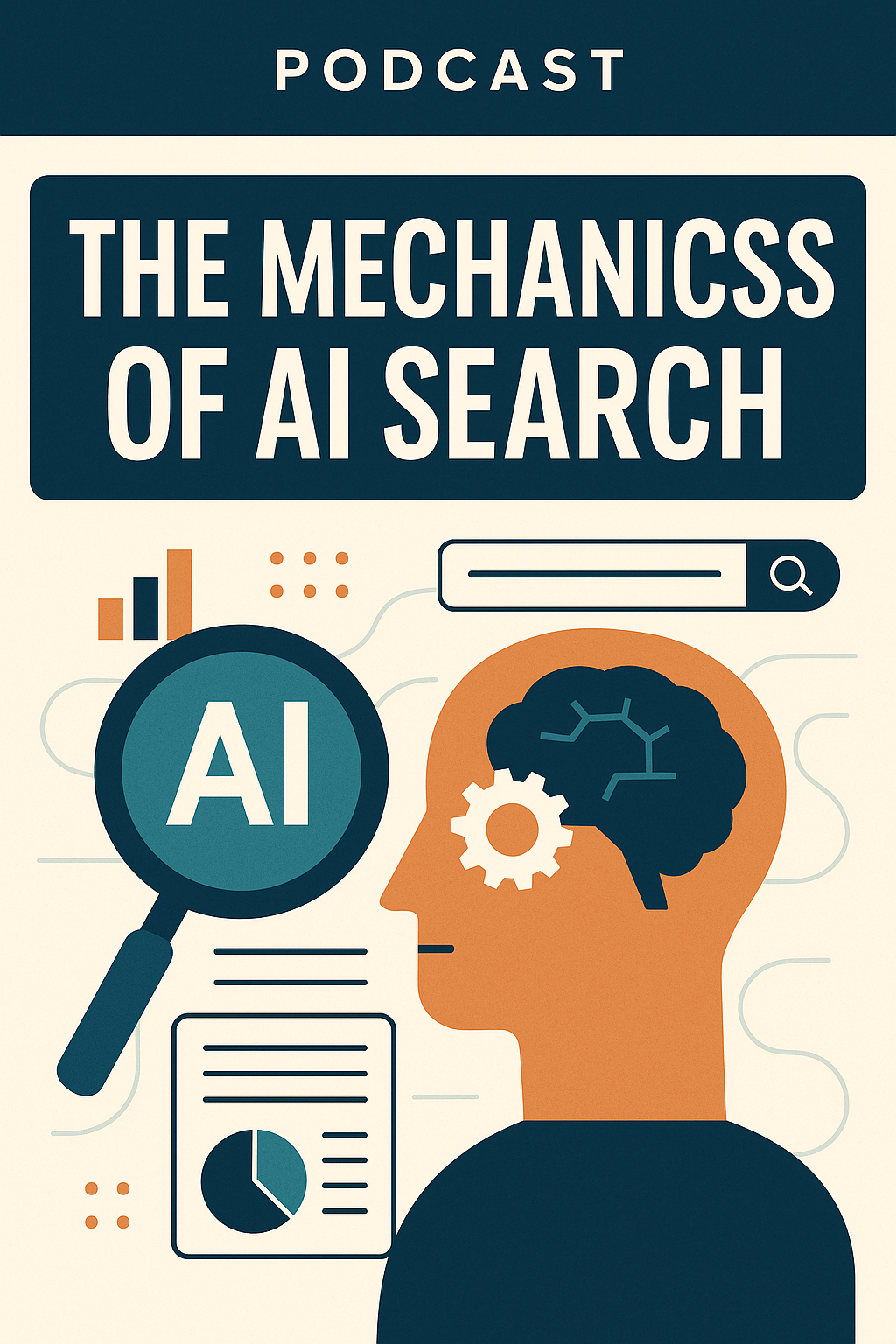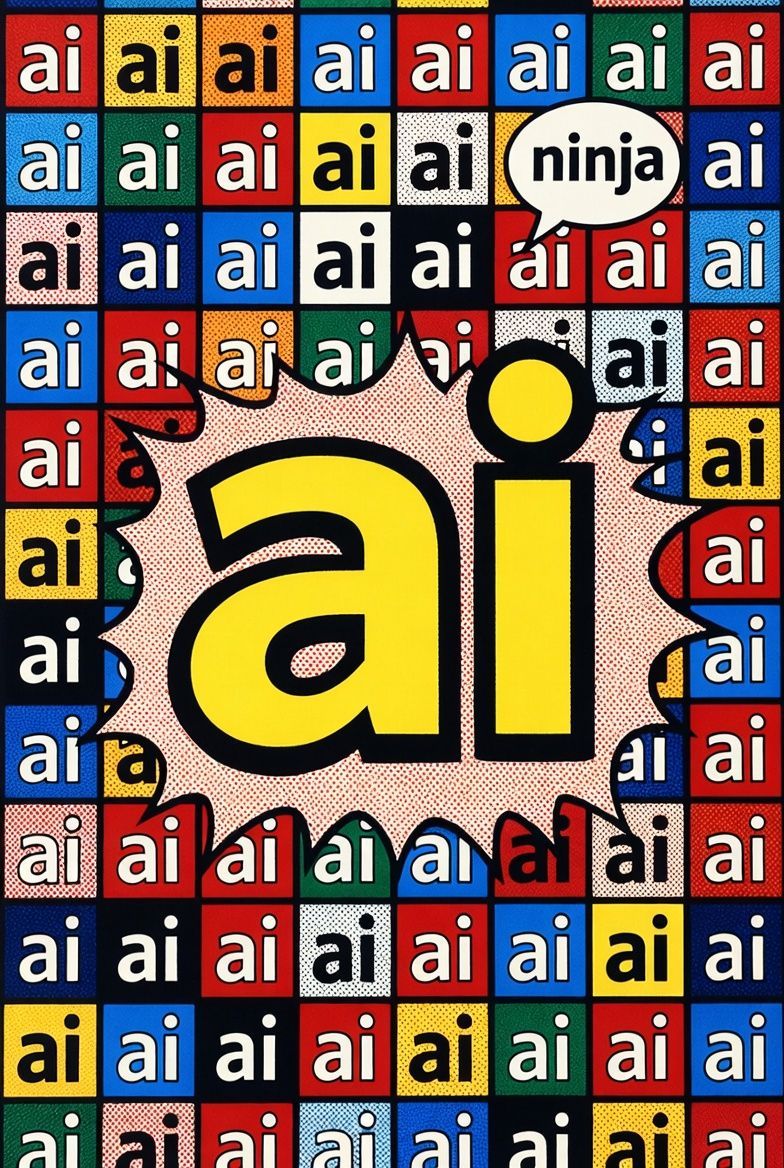AI Search Revolution: How Content Sources Shape Tomorrow's Information Discovery


The landscape of information discovery is undergoing its most significant transformation since Google's PageRank algorithm launched two decades ago. A groundbreaking Muck Rack study analyzing over 1 million queries reveals that 95% of AI search citations come from non-paid media sources, fundamentally reshaping how content creators, publishers, and brands must approach visibility in an AI-driven world. This shift represents both an existential threat to traditional SEO strategies and an unprecedented opportunity for quality content to achieve organic reach at scale.
The study examined citation patterns across ChatGPT, Google Gemini, and Claude, uncovering distinct preferences that will determine which content surfaces in AI-powered responses.
Journalism dominates with 27% of all citations, jumping to 49% for recency-focused queries, while corporate blogs command 37% of citations compared to just 9% for owned content. Most remarkably, content gets cited within 24-36 hours of publication, creating a new premium on speed and freshness that surpasses even traditional search engines' recency bias.
This analysis examines the technical mechanisms driving these changes, the economic implications for media companies, and the strategic adaptations required for success in the age of AI search. The findings reveal a future where answer engines replace link engines, where brand mentions become the new backlinks, and where content optimization must serve both human readers and AI synthesis algorithms.
The mechanics of AI search: Technical sourcing patterns revealed
The technical infrastructure underlying AI search engines reveals sophisticated but divergent approaches to information gathering and source selection. ChatGPT has emerged with the strongest recency bias, citing 56% of content from the past 12 months, compared to Claude's more conservative 36%, indicating fundamental algorithmic differences in how these systems value temporal relevance.
OpenAI's ChatGPT search integration, launched in October 2024, operates through multiple specialized crawlers including GPTBot for training data and OAI-SearchBot for real-time search. However, GPTBot requests have surged 305% between May 2024-2025, now representing 30% of all AI crawler activity but with significant technical limitations—the crawlers fetch JavaScript files but don't execute them, missing substantial client-side rendered content that modern websites rely upon.
Google Gemini leverages a distinct advantage through its unified search infrastructure, providing full JavaScript rendering capabilities that competitors lack. This technical superiority allows Gemini to process React and Vue applications effectively, though it relies on Google's existing search index rather than conducting real-time crawling, potentially showing outdated information until reindexing occurs.
The study identified clear source preferences that shape AI responses. Wikipedia dominates ChatGPT's citations at 47.9% of top sources, while established news organizations like Reuters (6%) and Financial Times (3%) receive strong preference. Anthropic's Claude, launched with web search in March 2025, employs "agentic search" capabilities that can conduct multiple progressive searches, using earlier results to refine subsequent queries—a more sophisticated approach to information synthesis.
Modern AI systems implement recency bias through time-aware weighting in retrieval algorithms, dividing documents into time buckets with decreasing weights for older content. This technical approach creates the observed pattern where the most common publication date for cited content is one to two days before the query, establishing a new premium on publishing speed that exceeds traditional search engines.
Economic disruption: The $2 billion challenge facing publishers
The media industry faces unprecedented economic disruption as AI search fundamentally alters traffic patterns and revenue models. Publishers are experiencing 20-60% potential drops in organic search traffic, with industry analysis from Raptive estimating $2 billion in annual advertising revenue losses across the publishing sector.
The shift manifests in concrete business impacts: Dotdash Meredith reported a 3% session decline when AI Overviews appeared on one-third of their search results, while the broader trend shows 58.5% of US searches now end without clicks—accelerating with AI Overview implementation. This "zero-click" evolution threatens the fundamental traffic-dependent advertising model that has sustained digital publishing for two decades.
However, innovative publishers are discovering new revenue streams through content licensing agreements. News Corp secured a $250 million, 5-year agreement with OpenAI, while Dotdash Meredith's partnership guarantees minimum $16 million annually. Industry analysis reveals $816.7 million spent across 35+ tracked AI content licensing deals, with 30% year-over-year growth for participating publishers.
Revenue-sharing models are emerging as alternatives to traditional licensing. Perplexity offers up to 25% ad revenue share for cited publishers, while ProRata provides a 50/50 revenue split model attracting smaller publishers unable to negotiate direct deals. These new models show promise, with mid-size publishers expecting $20 million in AI content licensing revenue for 2025 on $50 million total revenue bases.
The advertising ecosystem itself is transforming. Traditional programmatic advertising faces pressure as AI reduces page views, but publishers with strong contextual targeting are seeing 22% performance marketing revenue growththrough AI-powered contextual advertising solutions. Direct advertiser relationships are strengthening as publishers offer more sophisticated targeting based on AI-driven content understanding.
Content creators are adapting through diversification strategies. Leading publishers like Dotdash Meredith have reduced Google traffic dependency from 60% to 33% through strategic platform diversification, email list building, and branded app development. The successful adaptation requires viewing AI not as a replacement for human creativity but as a distribution amplifier for quality content.
Revolutionary differences: AI search versus traditional algorithms
The fundamental mechanics of information discovery have shifted from link-based ranking to synthesis-based citation, creating entirely new optimization requirements. While traditional Google search uses 200+ ranking factors including PageRank and backlinks, AI search shows strong correlation with established rankings but reaches deeper into trusted domains, often citing different pages within the same authoritative websites.
Traditional SEO's keyword-centric approach gives way to context-over-keywords optimization in AI search. Only 5.4% of AI responses use exact keyword phrases, compared to traditional search's heavy reliance on keyword matching. Instead, AI systems prefer comprehensive content that addresses topic clusters through semantic relationships rather than specific keyword targeting.
The authority signals that matter have fundamentally changed. Traditional search's backlink-based authority (historically 15% of Google's algorithm, recently decreased to 13%) transforms into brand mentions and cross-platform citations in AI systems. Corporate blogs receive 37% of AI citations versus 9% for owned content, indicating that third-party validation has become more valuable than self-published authority building.
User behavior patterns reveal the depth of this transformation. Traditional search averages 3-4 word queries with single-turn interactions, while AI search users submit 23-word conversational prompts with multi-turn dialogue sessions. This shift toward conversational interfaces requires content optimized for natural language processing rather than keyword matching.
Recency factors differ dramatically between systems. Traditional search applies freshness as approximately 6% of its algorithm through Query Deserves Freshness parameters, but AI search exhibits extreme recency bias with content updated within the past year receiving 65% of citations. This creates new content lifecycle pressures where evergreen content loses value unless continuously updated.
The competitive landscape shows interesting overlaps: domains ranking well in Google's top 10 maintain higher citation likelihood in AI responses, with correlation coefficients of 0.347 for AI Overviews. However, Perplexity shows strongest alignment with Google rankings at 91% domain overlap, while ChatGPT operates more independently with Wikipedia comprising nearly half of its top citation sources.
Content strategy revolution: Optimizing for synthesis over clicks
The shift from search engine optimization to "Generative Engine Optimization" requires content creators to think beyond click generation toward synthesis optimization. Research demonstrates that GEO methods including citations, quotations, and statistics boost AI visibility by 40%+, establishing new content formats that serve both human readers and AI parsing systems.
Content structure must adapt to AI consumption patterns. Top 10% cited content has significantly higher word and sentence counts, but more importantly, it features clear standalone answer blocks at the beginning, FAQ formatting, and structured Q&A sections that AI systems can easily extract and cite. The most successful content uses authoritative language patterns like "Research demonstrates..." that AI systems recognize as credible.
The sourcing hierarchy revealed in the Muck Rack study provides clear targeting guidance. The most frequently cited sources include CNBC, Harvard Business Review, NPR, Yahoo Finance, Good Housekeeping, Tech Radar, Reuters, Time, Financial Times, Investopedia, Axios, Forbes, and The Associated Press—establishing a blueprint for publication targets and partnership opportunities.
Social media's limited role (2% of citations) focuses specifically on Reddit, LinkedIn, and YouTube, indicating that while social platforms don't drive direct AI citations, they remain important for building the brand mentions and cross-platform consistency that establish authority signals. Reddit dominates across all AI platforms with 68%+ visibility, making community engagement strategically valuable despite low direct citation rates.
Technical implementation requires AI-friendly infrastructure including clean HTML structure, fast loading times to accommodate 1-5 second AI crawler timeouts, semantic markup, and schema.org implementation. Publishers are adopting llms.txt files and ARIA labels to improve AI accessibility, while ensuring content remains parseable when JavaScript execution is limited.
The future landscape: Strategic implications and opportunities
The convergence of AI search adoption and publisher adaptation strategies points toward a fundamental restructuring of the content ecosystem. Industry predictions suggest 90% of online content will use AI assistance by 2025, but this represents augmentation rather than replacement of human creativity and expertise.
Short-term developments indicate continued platform consolidation and partnership evolution. ChatGPT ranks as the 5th most visited site globally with 5 billion monthly visits, while 13 million Americans used AI as primary search in 2023, projected to reach 90 million by 2027. This rapid adoption creates urgency for content strategy adaptation before competitive advantages become entrenched.
The regulatory landscape will likely evolve to address fair use and content licensing disputes as AI platforms become primary information distributors. Current licensing agreements represent early frameworks for more comprehensive industry standards, with collective licensing services emerging to serve smaller publishers unable to negotiate direct deals.
Content differentiation becomes crucial as AI commoditizes information synthesis. Publishers focusing on unique, expertise-driven content that provides value beyond AI summaries will maintain competitive advantages, particularly through interviews, investigations, proprietary data, and multimedia experiences that AI cannot easily replicate.
Conclusion: Navigating the synthesis economy
The Muck Rack study illuminates a transformation that extends far beyond search algorithm updates—it reveals the emergence of a synthesis economy where information value derives from contextual understanding rather than discoverable indexing. The 95% non-paid media citation rate creates unprecedented opportunities for quality content to achieve organic reach, but only for publishers who adapt their strategies to serve both human audiences and AI synthesis systems.
Success in this new landscape requires embracing the paradox of AI amplification: content must become simultaneously more human and more machine-readable. The winners will be those who view AI search not as a threat to traditional publishing models but as a distribution amplifier that rewards expertise, timeliness, and authoritative sourcing above manipulation and keyword optimization.
The technical infrastructure, economic models, and content strategies are still evolving, but the direction is clear—we are moving toward a world where answer engines replace search engines, where brand mentions become more valuable than backlinks, and where content creators must optimize for synthesis rather than clicks. The organizations that recognize this shift earliest and adapt most comprehensively will shape the information landscape for the next decade.















